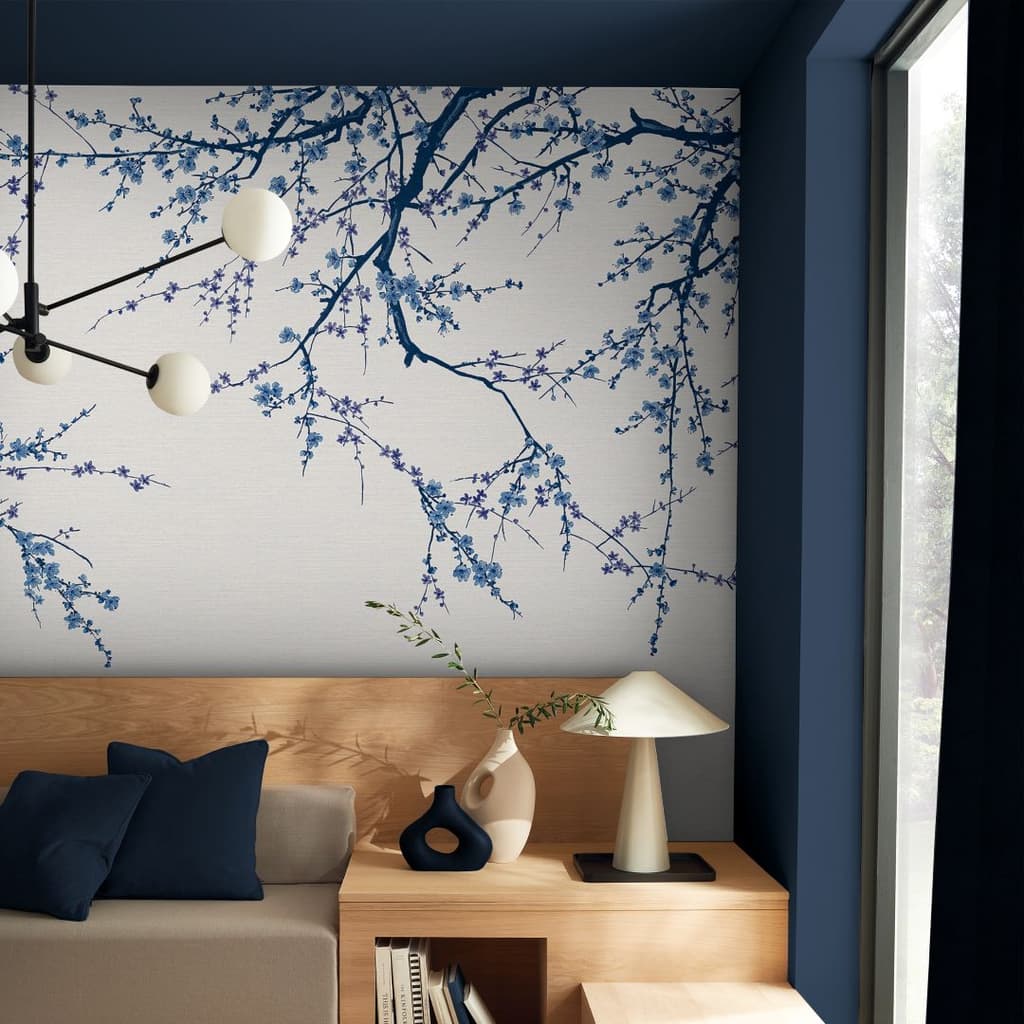
Shop our collection of Wall Murals. All made to size for your walls, the perfect fit for a statement wall. Available in four luxury paper types.
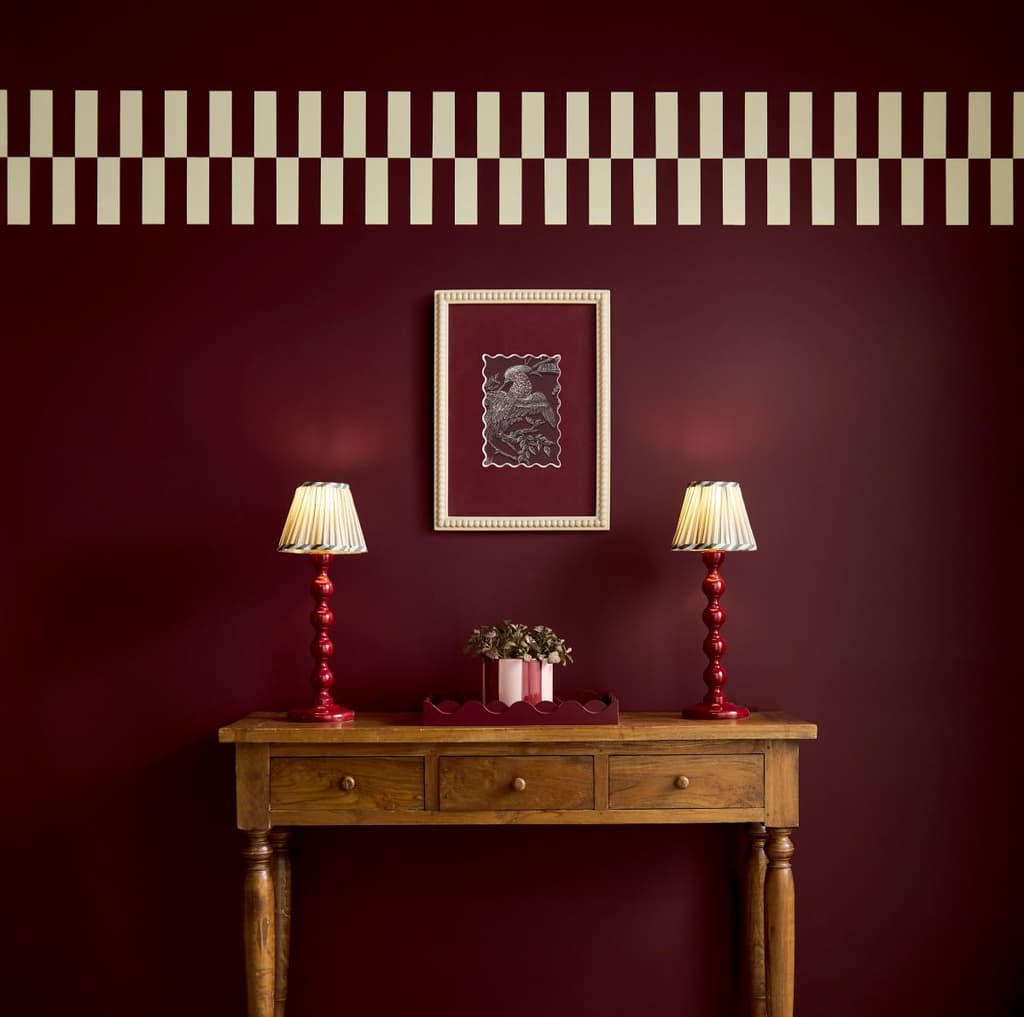
Who’s the mattest of them all? Our Ultra Flat Matte Resistance Emulsion has a market leading sheen of just 1%, along with being scrub-resistant, it's the perfect partner for busy homes.
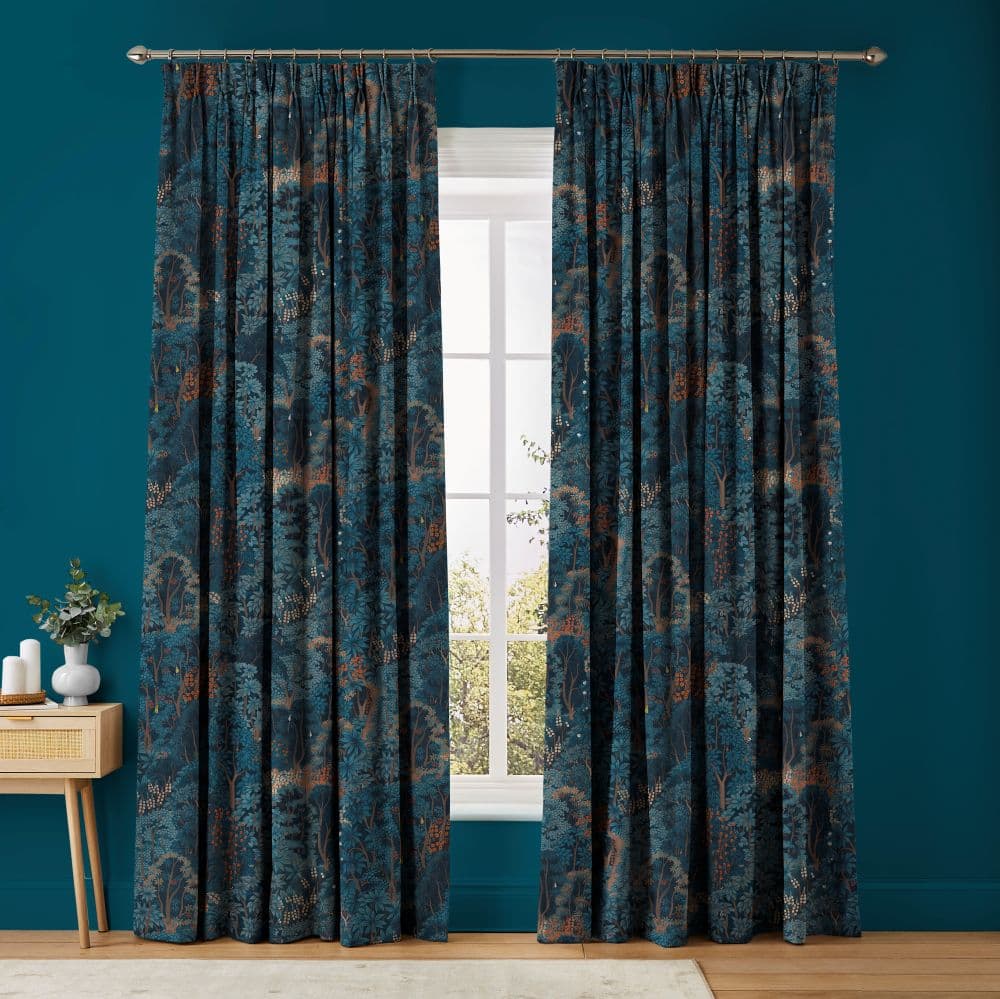
Step into the new season with the best dressed windows. With hundreds of designs to choose from! Our Curtains & Shades are made to measure for your home.
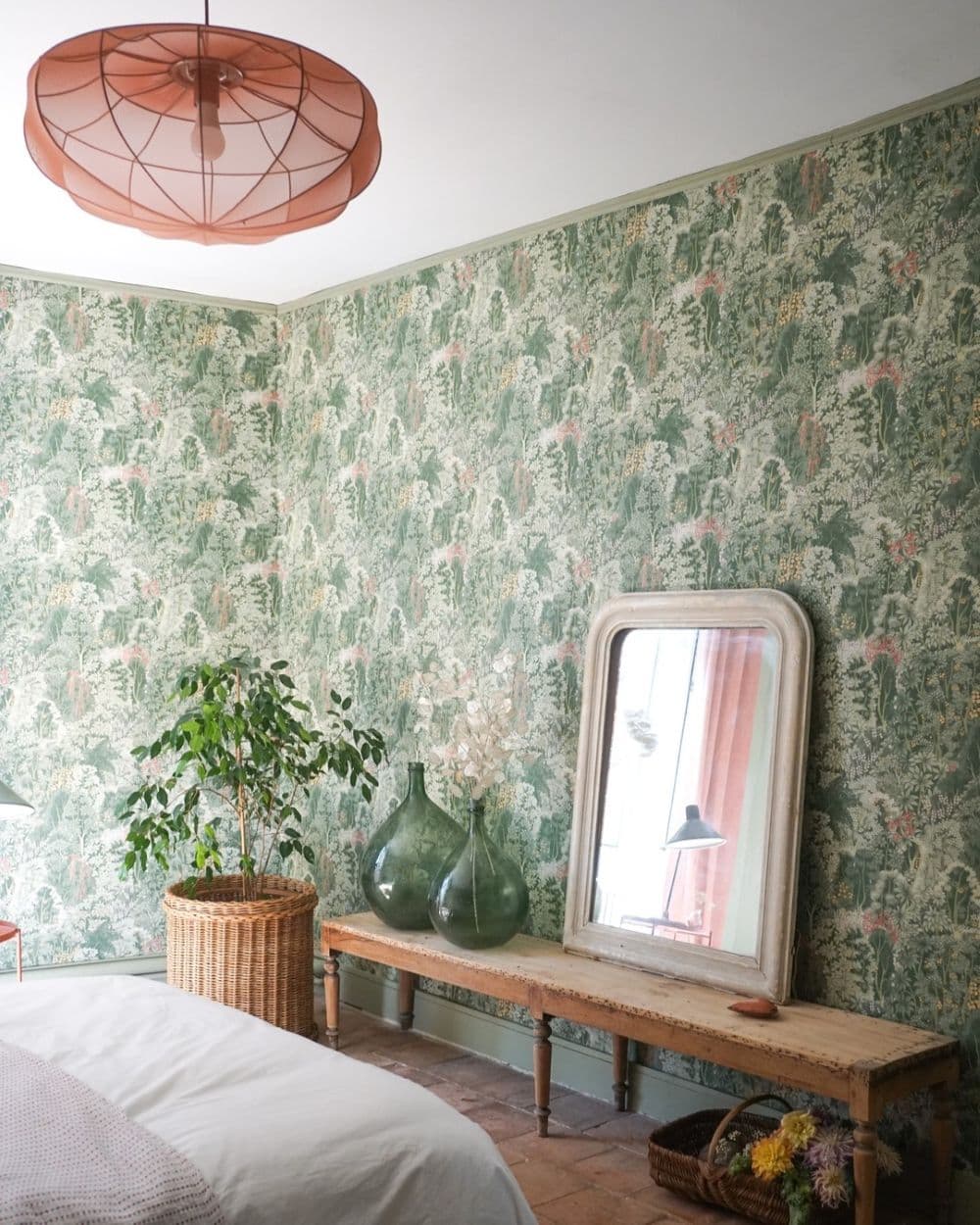
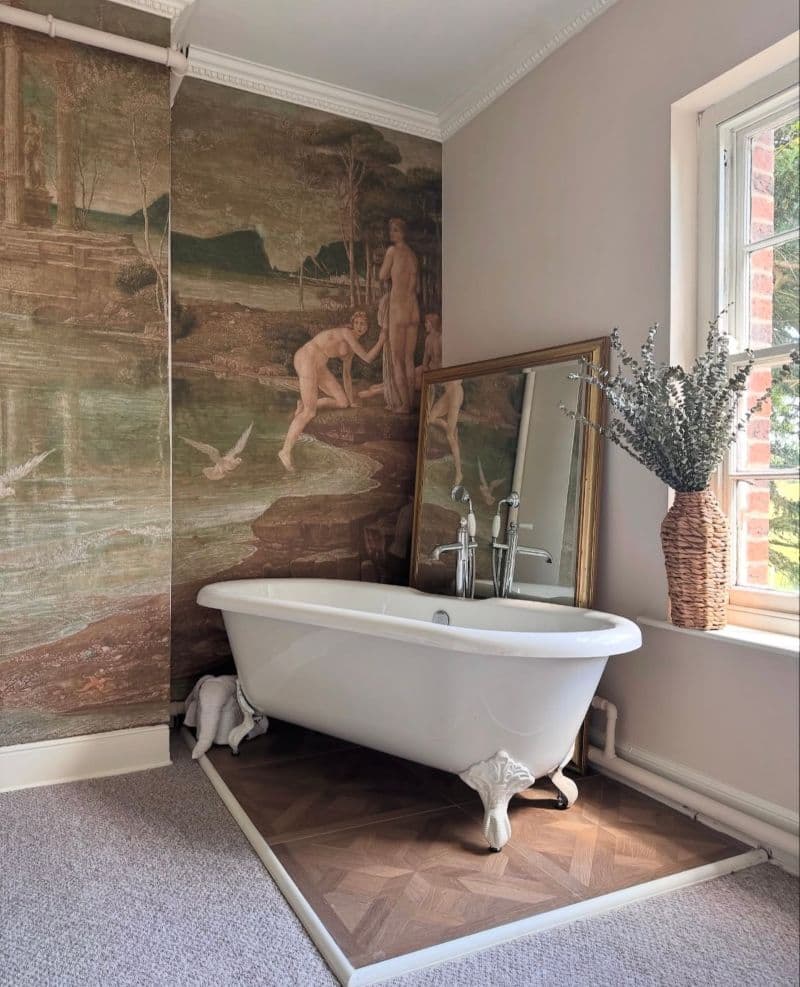
In collaboration with Tate, explore our curated collection of custom murals — bringing iconic masterpieces into your home.
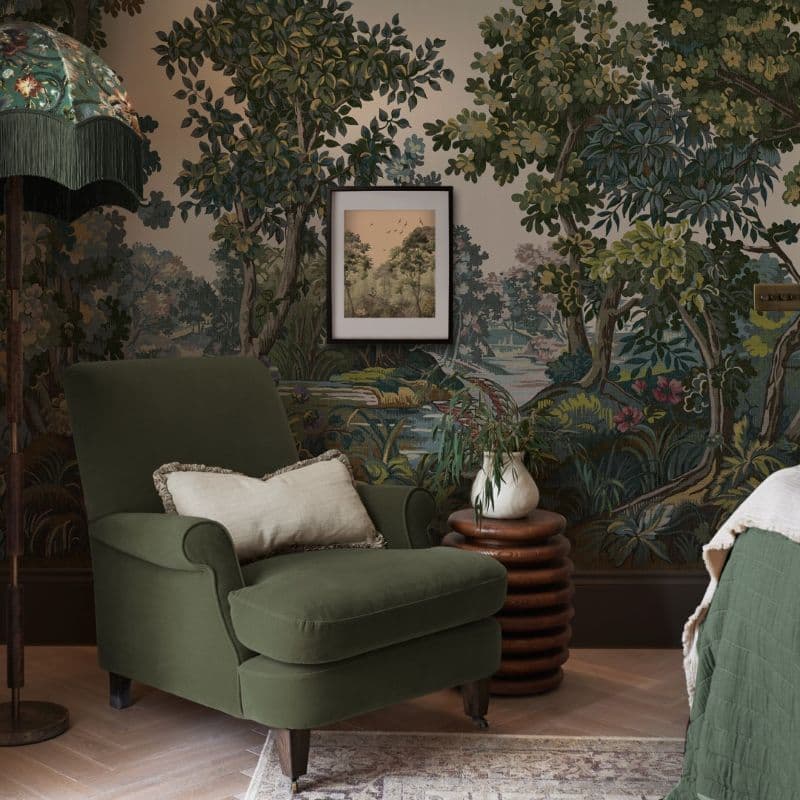
This winter, make your home feel truly special with a complementary wall art print of your choice when you shop our custom mural collection.
